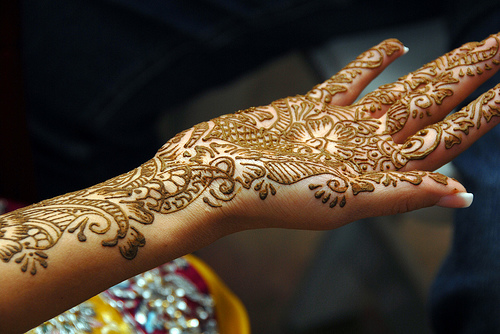
Photo: Preema Nazia Andaleeb
People celebrated their Pohela Boishakh in different ways. People celebrate this cultural festive starting their day having breakfast with PANTA BHAT (Watered Rice) & Elish Bhaja (Hilsha Fish fry). But some people eat different types of bhorta in their menu. So, the name of the Pohela Boishakh Bhortas are- Shim-er, Borbori-er, Shutki, Tomato, Kaligira, Chingri, Aloo, Begun, Laal morich, Korolla, Rui Mach, Murgi curry, Kacha aam-er shorbot with Martiny, Dal Chorchori, Pudina Bhorta, Doi (yogurt) and roshogolla. And another focusing thing is the serving dish. Dishes are made by clay. Isn’t it great?







